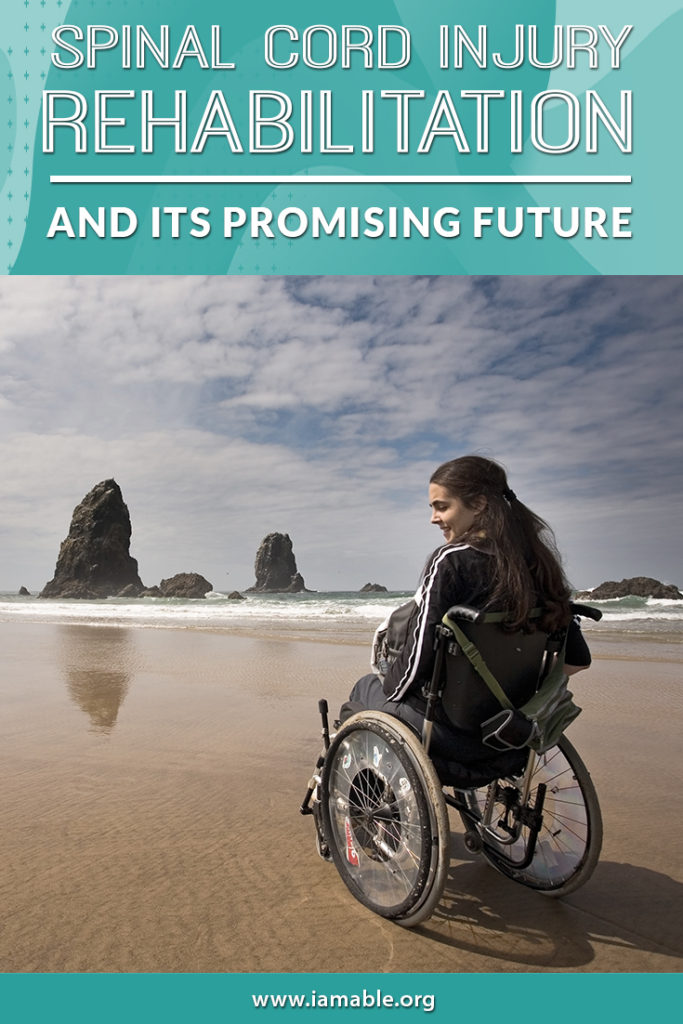Miami, FL 33186

Wondering what future awaits patients looking for spinal cord injury rehabilitation? Learn more about it and how you benefit from these innovations.
After sustaining an injury to the spinal cord, you might be wondering if you will be able to walk again. Is there hope for your case? Will you be able to live a life similar to what you had before the injury? Thanks to the recent findings on spinal cord injury rehabilitation, activity-based therapy, and the innovations in making wearable exoskeleton, you might be able to achieve just that.
In our discussion below, we’ll look at the latest innovations in spinal cord injury rehabilitation. We will specifically focus on what you can expect in the coming years and how you can benefit from these exciting trends.
Back then, when a person suffers from a spinal cord injury, it meant permanent disability or, worse, mortality. Fast forward to recent times, we have seen a lot of progress in the field, allowing patients to compensate for the loss of their nerve function and continue living.
Besides receiving antibiotics to prevent infections or using techniques that can minimize bedsores, you have more options for rehabilitation. These spinal cord injury rehabilitation approaches include:
Besides the types of therapy and other methods used for rehabilitating spinal cord injury, there are more and more progress in research studies. Here are just some of the most exciting updates in the field of spinal cord injury rehabilitation that you can benefit from in the future:
You might be familiar with wearable robotic exoskeletons. Essentially, these are wearables designed to help you walk, run, and stand upright by enabling hip and knee motion. Currently, the use of such equipment is only limited to research purposes. Also, the design of the existing models often appears bulky and feels heavy. After a few years, through various technological innovations, we may see lighter and better exoskeleton models that you can use to support your movement.
Researchers continue to look into the possibility of nerve regeneration after a severe injury such as an SCI. Essentially, through nerve regeneration, damaged parts of the spinal cord may be able to heal. The medical community is currently focusing on three broad nerve regeneration approaches, namely:
Research also continues to push for more experimentation to understand neuroprotection. More specifically, researchers want to learn more about reactive oxygen-induced lipid peroxidation, the biochemical process behind nerve degeneration after an injury. They aim to induce the brain’s innate neuroprotective function to counter the effects of the injury, such as:
Although the interest in cell replacement therapy for CNS problems started way back in the 70s, experiments only started a decade after. Doctors transplanted brain tissue to help patients with Parkinson’s and Huntington’s disease. Recently, researchers and the rest of the medical community continue looking into cell replacement therapy to rehabilitate spinal injury patients.
This pertains to the ability of the brain to reorganize itself to recover from an injury. More and more studies look into this brain’s function through spinal cord injury rehabilitation methods such as activity-based therapy.
Speaking of activity-based therapy, you can also expect to see more and more patients trying this SCI rehab option as research studies continue to establish its effectiveness.
In another blog post, we talked about the benefits of activity-based therapy to patients who suffered from a spinal cord injury, neurological damage, and stroke. It’s an increasingly popular rehabilitation method used by many SCI patients in hopes of seeing improvements in their condition.
Some of the critical benefits of activity-based therapy include:
Many patients who suffered from spinal cord injury have found hope through activity-based therapy. This means that you too can possibly enjoy similar benefits. In a study published in 2012, 6 out of 23 patients who underwent activity-based therapy were able to walk again. Out of these six patients, three progressed through their condition and started walking with less assistance from their orthotic device.
Paralysis Recovery: Will You Walk Again After Your Spinal Cord Injury?
Coping with a spinal cord injury can be quite challenging and sometimes frustrating. It could also cause you to experience an immense level of stress and a roller coaster of emotions. However, it would help if you did not let your condition hinder you from enjoying a happy life. Find hope and inspiration from patients who also tread a similar path and the tireless professionals who work hard to help SCI patients.
To help you cope and embrace a comfortable life even after a spinal cord injury, we thought of sharing the book 7 Unbelievably Important Steps to Take to Thrive after Paralysis. It can help you accept your situation so you can begin to focus on your journey to recovery. The book aims to provide you with the hope that you can enjoy the things you loved to do before the injury.
Grab the book today to learn more about spinal cord injury rehabilitation and activity-based therapy. You can also get in touch with us.
Grab our free e-book 7 Unbelievably Important Steps to Take to THRIVE after Paralysis by clicking the image below.
